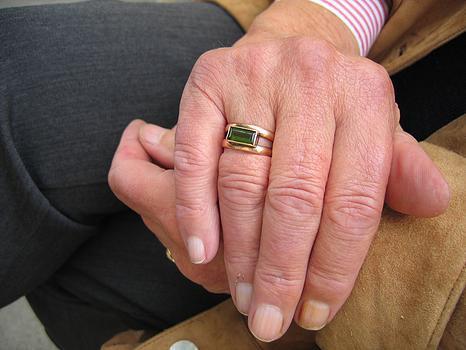
The deterioration in health is not the only factor that you need to worry about when it comes to assort serious care measures and monitoring the elderly members at home. The physical aspects change largely with passing time as people cross their 50s. The limitations to lead an independent life and manage things on their own may not be possible for them as they start aging. Following are some factors urging the need to consider the elderly safety assessment at home and outside seriously to avoid fatal risks.
Lower Perception Level and Adjustment
Difficulty in vision, depth perceptibility, problems with color, brightness, and contrasts are evident. Lack of acute vision and belated adjustments to the various light conditions poses a high risk while on the roads as well as at home. Falling, slipping, and other injuries due to accidents can be a crucial matter during this phase of life. If the elderly relatives are troubled with eyesight and adaptability problems, it is necessary to take some tests and advices of the specialists, if it is safe for them to travel or stay at home alone. If the eyesight has been affected, then the caregivers need to follow safety precautions for elderly at home to eliminate the chances of any mishap.
Abridged Sensing
With aging the senses to touch, heat, pain, pressure, cold is reduced considerably. The severe chances of encountering injuries due to cuts, hitting hard objects, burns and others increase manifold with less intensity to experience pain the in the region. This urges the need to organize some elderly safety measures at home. The difficulty in implementing the olfactory senses prevents them from identifying stale food, smell of gases, including LPG leakage, etc. This raises concerns of fire breakout, dense smoke intoxication due to inhaling suffocating gases and other issues. Hearing impairment is common, causing deviation from responding to the doorbells, fire alarms, telephone ringing and others.
Decreased Bone Mineral and Density
With gradual aging, the density of the bones is reduced largely, especially in women. The rapid loss of calcium from the bones makes them more brittle and prone to breaking and fractures during old age. The ability to balance the body while walking is also lowered that can result in falling, slips, accidents while moving through the stairs etc. Sometimes, these physical conditions are induced by certain medication and strong doses. If the difficulty persists, then elderly care and monitoring is important during mobilization.
The early stage detection of minor occurrences calls for considering the safety issues for seniors at home. The assessment and medical examination will help to determine the level of dependence of the seniors on others. In the case of past incidents of falling and doctor’s advice, special care has to be taken when taking the elderly to the washroom, walking and other physical activities. It can be very risky to leave these elderly members at home all alone. There should be at least one member or a caregiver to look after the needs of the person to prevent any dangerous incident and give food and medicines on time.